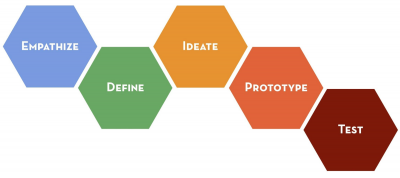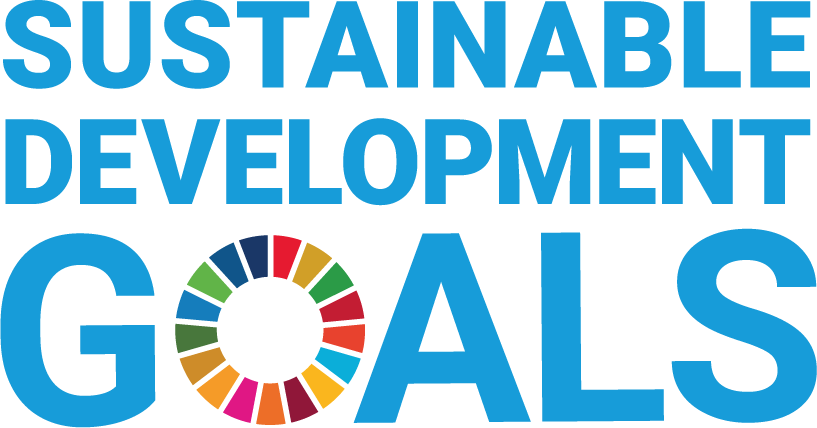
Have you ever wondered why things get made? Why are there new types of computers? New clothing designs? New phone apps? Or even why new roads are built?
Everyday people all over the world are noticing the problems, struggles, or difficulties people face every day. These could be small questions like what book to read to huge global issues like how to fight climate change. Luckily, we have creative thinkers who are always trying to figure out these small and global challenges usually using a method called design thinking to help them.
But what is design thinking?
“Design thinking is a process for creative problem solving. Design thinking has a human-centered core. It encourages organizations to focus on the people they’re creating for, which leads to better products, services, and internal processes.” (IDEO U.com)
When you want to make something new or remodel something old whatever you make should focus on who is using it. Making it accessible to them and useful.
Now that we know what design thinking is, let’s look at all the processes we should take when designing projects. A process is a series of steps you can take to complete a task.
1. EMPATHISE: Work to fully understand the experience of the user for whom you are designing. Do this through observation, interaction and immersing yourself in their experiences.
2. DEFINE: Process and synthesise the findings from your empathy work in order to form a user point of view that you will address with your design.
3. IDEATE: Explore a wide variety of possible solutions through generating a large quantity of diverse possible solutions, allowing you to step beyond the obvious and explore a range of ideas.
4. PROTOTYPE: Transform your ideas into a physical form so that you can experience and interact with them and, in the process, learn and develop more empathy.
5. TEST: Try out high-resolution products and use observations and feedback to refine prototypes, and learn.
These are the steps you should usually take to work on a project, but when you are working on a project, it doesn’t mean the steps are linear, or going step-by-step.
Have you ever gone to visit a friend and then realized you needed to go back home because you left something there and needed it? Or maybe you were working on a project for school and realized you needed to add more to it to complete it. Design thinking is similar. We have steps that we can take in order, but sometimes it is okay to go back to another step to make sure the product is the best it can be!

Let’s Reflect:
Can you think of something (an app, a tool, a game) that was very hard to play or use? Why was it hard? How often did you use it? In your notebook write a few sentences about what was hard and why. You can draw a picture of the item as well.
Now, can you think of something (an app, a tool, a game) that was very easy to play or use? Why was it easy? How often did you use it? In your notebook write a few sentences about what was easy and why. You can draw a picture of the item as well.
Sometimes if something is very hard to use we may stop using or playing with it. We can get frustrated and sometimes angry. A good product shouldn’t do that! When we make things, we want them to work as they are supposed to.
